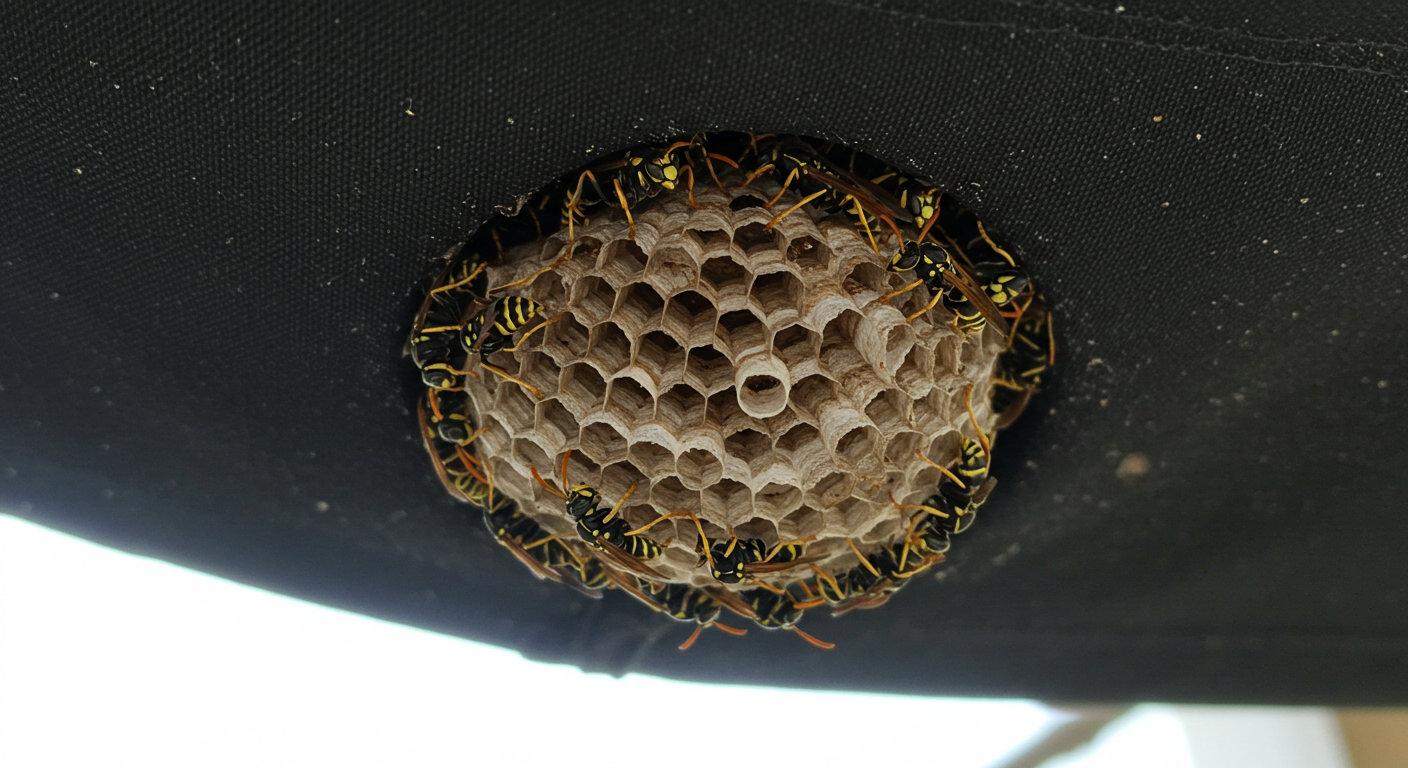Advantages of a Cable Guide Shade Without a Hood
Cable guide shades are a popular choice for outdoor spaces, offering a sleek and functional way to manage sunlight. While these shades can be paired with a hood for added protection, opting for a cable guide shade without a hood provides several distinct advantages, particularly when the primary goal is to block sunlight rather than fully enclose an opening. Below, we explore the key benefits of this minimalist design, including cost savings, reduced maintenance, and a cleaner aesthetic.
Cost-Effectiveness
One of the most compelling reasons to choose a cable guide shade without a hood is the cost savings. A hood, typically a metal or fabric cover that encases the rolled-up shade, adds to the manufacturing and installation expenses. For homeowners or businesses looking to block sunlight without enclosing an opening, the hood often becomes an unnecessary feature. By eliminating it, you reduce the overall cost of the shade system—sometimes by 5-10%, depending on the materials and design. This makes a hoodless cable guide shade an attractive option for budget-conscious projects, allowing you to invest in higher-quality shade fabric or additional outdoor features instead.
Reduced Risk of Pest Nesting
A hood, while protective in some contexts, can inadvertently create a sheltered space for pests. Mud daubers, for example, are notorious for building their nests in enclosed areas like the underside of a shade hood. These nests can accumulate over time, leading to unsightly messes and potential damage to the shade mechanism. Without a hood, the cable guide shade remains open and exposed when rolled up, leaving no hidden crevices for mud daubers or other pests to hide and nest. This reduces the need for frequent cleaning or pest control measures, saving both time and maintenance costs.
Mud Daubers building a nest in an enclosed housing on exterior shade.
Ideal for Sunlight Blocking Without Enclosure
When the primary function of a cable guide shade is to block sunlight—rather than to weatherproof or fully enclose an opening—a hood is often redundant. The shade fabric itself, typically made from durable, UV-resistant materials, is designed to withstand sun exposure and light weather conditions. Without a hood, the system remains lightweight and focused on its core purpose: providing shade. This targeted functionality not only reduces costs but also ensures the shade system is tailored to the specific needs of the space, avoiding over-engineering.
A cable guide shade without a hood offers a compelling combination of cost-effectiveness, low maintenance, and aesthetic appeal. By eliminating the hood, you avoid unnecessary expenses, reduce the risk of pest nesting (like mud daubers), and simplify upkeep—all while maintaining the shade’s primary function of blocking sunlight. For applications where enclosing the opening isn’t required, this streamlined design delivers both practicality and style. Whether for a residential patio or a commercial outdoor space, a hoodless cable guide shade is a smart, budget-friendly choice that doesn’t compromise on performance.

